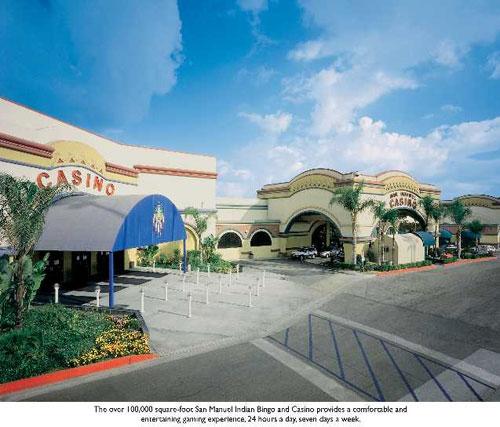Энэ 7 хоногт
Rio Tinto Ivanhoe Mines
The dispute, as convoluted as the plot of Sir Walter Scott’s novel Ivanhoe, revolves around how easily Rio can take a majority interest in the Vancouver-based miner, so securing control of its Oyu Tolgoi deposit.
Rio Tinto and Canada"s Ivanhoe Mines are locked in a Mongolian stand-off over a copper and gold deposit near the Chinese border with a capital cost of $4.6bn. The dispute, as convoluted as the plot of Sir Walter Scott"s novel Ivanhoe, revolves around how easily Rio can take a majority interest in the Vancouver-based miner, so securing control of its Oyu Tolgoi deposit. So far, Rio has financed the project in return for a growing stake in Ivanhoe. It holds about 30 per cent, but is capped by a standstill at 47 per cent until next year.
As that deadline approaches, Ivanhoe appears to want to stimulate the interest of investors other than Rio. Whether an auction materialises hardly matters, however. Ivanhoe boss Robert Friedland, with a 22 per cent stake, knows he is sitting on one of the richest and most strategic mineral deposits anywhere in the world, which even abuts the world"s largest consumer of copper, and wants a fitting control premium. Rio, which has provided all the capital and technology to turn this barren strip of the Gobi desert into a working mine, remains the most obvious buyer.
But Rio shareholders should not be complacent. Under the original Oyu Tolgoi agreement, Rio still has right of first refusal over any shares offered to third parties. It has to match the offer term for term.
With money to burn, a Chinese bidder could make a knockout offer for a prime mineral deposit in their backyard. They even have good rail links in place. The danger for Rio shareholders is that they have to pay a heavy price for control. However, given that Rio can lift its total Ivanhoe shareholding to 47 per cent relatively easily within two years by exercising Ivanhoe warrants and convertible bonds well below current prices, the lower average entry costs will at least lessen the blow, and make the premium it pays for control more palatable.
As that deadline approaches, Ivanhoe appears to want to stimulate the interest of investors other than Rio. Whether an auction materialises hardly matters, however. Ivanhoe boss Robert Friedland, with a 22 per cent stake, knows he is sitting on one of the richest and most strategic mineral deposits anywhere in the world, which even abuts the world"s largest consumer of copper, and wants a fitting control premium. Rio, which has provided all the capital and technology to turn this barren strip of the Gobi desert into a working mine, remains the most obvious buyer.
But Rio shareholders should not be complacent. Under the original Oyu Tolgoi agreement, Rio still has right of first refusal over any shares offered to third parties. It has to match the offer term for term.
With money to burn, a Chinese bidder could make a knockout offer for a prime mineral deposit in their backyard. They even have good rail links in place. The danger for Rio shareholders is that they have to pay a heavy price for control. However, given that Rio can lift its total Ivanhoe shareholding to 47 per cent relatively easily within two years by exercising Ivanhoe warrants and convertible bonds well below current prices, the lower average entry costs will at least lessen the blow, and make the premium it pays for control more palatable.





